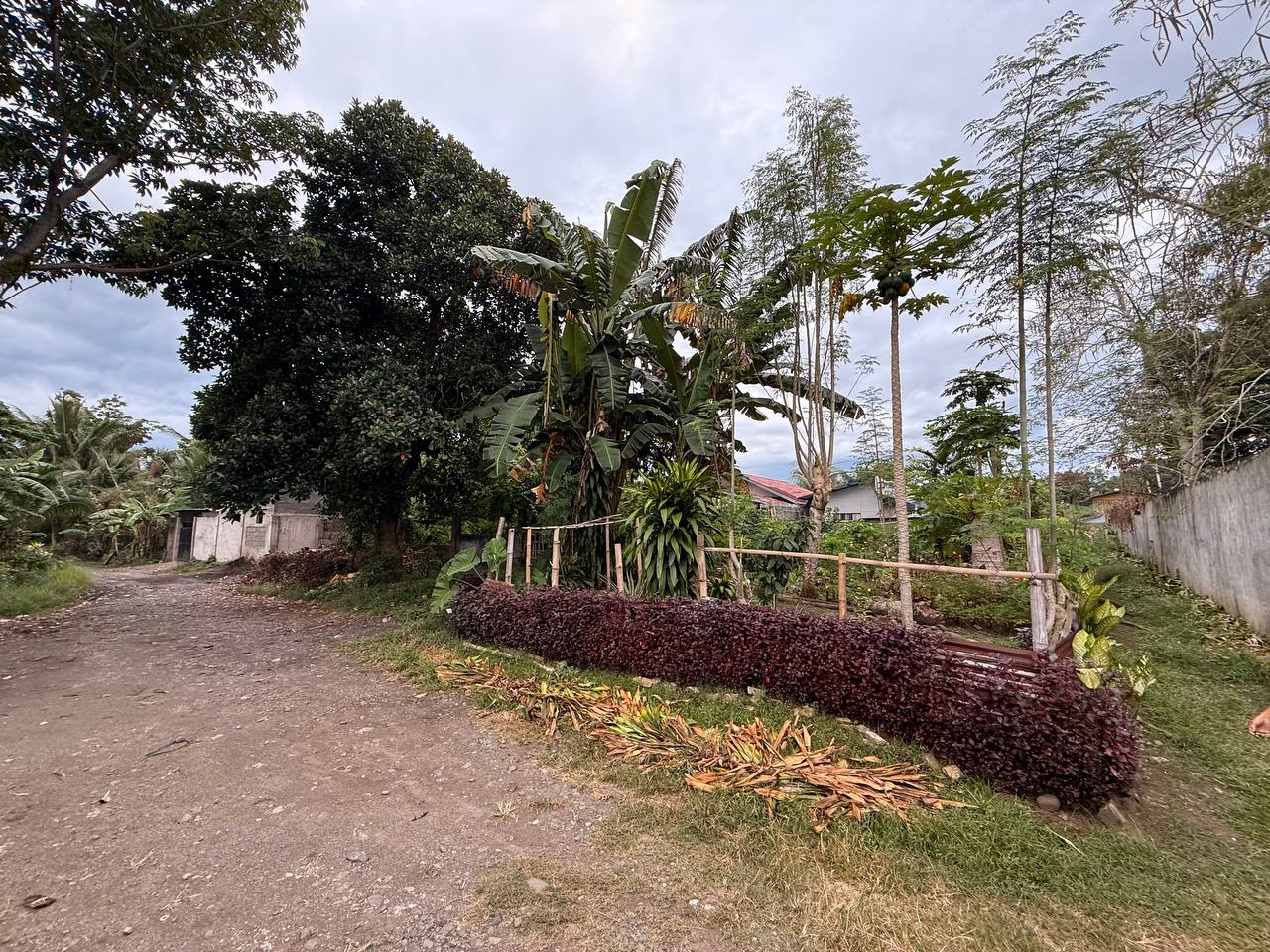Buying or owning land in the Philippines is a major investment, whether for personal use, business, or inheritance. But before making any move, it’s essential to understand the different types of property titles, legal processes, and ownership limitations under Philippine law.
🔑 What Is a Property Title?
A property title is a legal document that proves ownership of a piece of land or real estate. It shows who legally owns the property and provides information such as:
- Owner’s name
- Location of the land
- Size or area of the property
- Technical descriptions
- Title number
- Registration details
The Torrens Title System, used in the Philippines, guarantees that the registered owner is the rightful and legal owner.
📄 Types of Land Titles in the Philippines
1. Original Certificate of Title (OCT)
- Issued for land that has never been titled before (usually public land acquired through a grant or judicial process).
- First registration in the Registry of Deeds.
2. Transfer Certificate of Title (TCT)
- Issued after the OCT has been transferred.
- Used when land is sold, donated, inherited, or transferred.
- Most residential and commercial properties use TCTs.
📌 Important Terms to Know
- Tax Declaration – NOT proof of ownership. It is used for tax purposes only.
- Deed of Sale – A document showing the agreement to sell land but also not a title. It must be registered to transfer ownership.
- Mother Title – The original title that includes larger parcels before being subdivided.
📝 How to Check if a Property Title Is Clean and Legit
- Inspect the physical title
- Should be printed on security paper (with LRA watermark).
- Look for spelling errors, erasures, or signs of forgery.
- Verify with the Registry of Deeds
- Go to the nearest Registry of Deeds where the property is located.
- Request a Certified True Copy of the title.
- Confirm if the title is active, clean, and free of encumbrances or claims.
- Check the tax declaration and real estate tax payments
- Make sure the seller has paid the real property tax (RPT).
- Check that the name on the tax declaration matches the title.
- Conduct a land survey if necessary
- Especially for untitled or inherited land.
- Ensures the actual size and boundaries match what’s in the title.
⚠️ Common Red Flags
- Title is under someone else’s name not related to the seller
- Owner refuses to show the original copy
- Title number doesn’t match the location
- Land has multiple claimants or is under litigation
👥 Who Can Own Land in the Philippines?
- Filipino citizens – YES, full ownership allowed.
- Former natural-born Filipinos – YES, with limited area (up to 1,000 sqm for residential land or 1 hectare for agricultural land).
- Foreigners – NO, unless through:
- Marriage to a Filipino (still cannot own land, only allowed to use)
- Corporation with at least 60% Filipino ownership
🏛️ Legal Ways to Acquire Land
- Purchase (through Deed of Absolute Sale)
- Donation
- Inheritance
- Judicial or administrative legalization
- Homestead patent (through DENR for certain public lands)
✅ Final Tips Before Buying Land
- Always consult a licensed real estate broker or lawyer.
- Don’t rely on verbal agreements or hand-written papers.
- Never pay in full without verifying the title and legal ownership.
- Register the sale immediately to get the new TCT in your name.
📌 Summary
| Step | What to Do |
|---|---|
| 1 | Ask for a copy of the title (OCT or TCT) |
| 2 | Verify at the Registry of Deeds |
| 3 | Check tax status and land use |
| 4 | Consult a real estate professional |
| 5 | Finalize documents and register the sale |
Understanding land ownership laws and title validation protects you from scams, double sales, or illegal land use. Knowledge is your best defense when it comes to property ownership in the Philippines.




